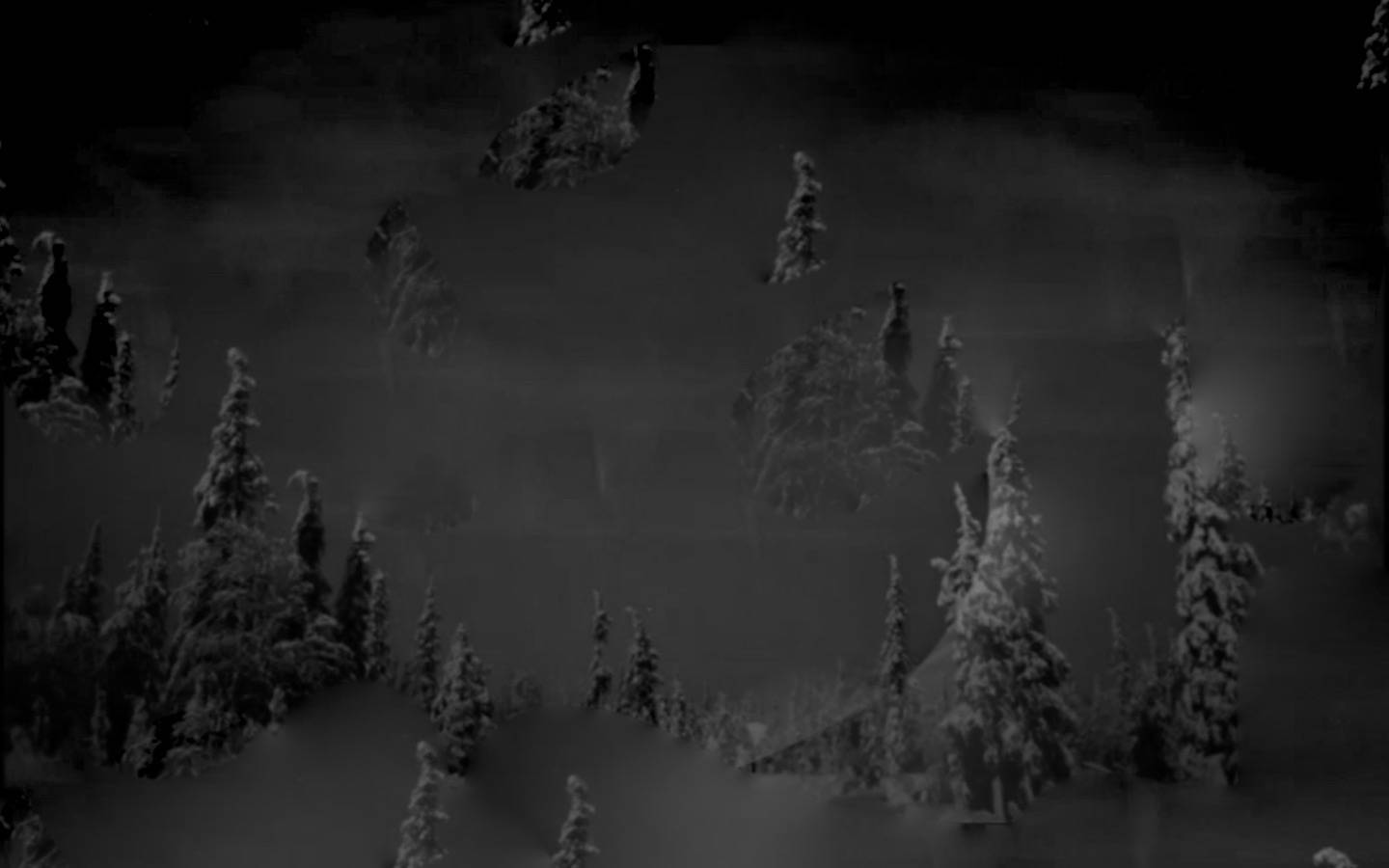Thomas Nail ist der Ansicht, dass Schwarze Löcher die historische Grundlage für eine neue Theorie des Materialismus bilden könnten, in der die Materie nicht mehr passiv, negativ oder auch nur probabilistisch ist. Dieser neue performative Materialismus zeichnet sich durch drei Kernmerkmale aus (Nail 2022):
1) Wenn virtuelle schwarze Löcher die ursprüngliche Kreativität aller Materie, der Raumzeit und der Quantenfluktuationen indizieren, dann muss für Nail alle Materie, von der Planck-Skala bis zur Makroebene, durch einen »pedetischen« Materialismus definiert werden. Das bedeutet, dass die Naturgesetze, einschließlich des Planck-Limits und der Wahrscheinlichkeiten, Produkte eines primär unbestimmten Prozesses sind, der sich im Laufe der Zeit iterativ verändert und revidiert.
2) Materie ist keine kontinuierliche oder diskrete Substanz, die sich in der Raumzeit bewegt, vielmehr erzeugt sie die Raumzeit. Schwarze Löcher sind weder passive Materie noch leere Hohlräume. Betrachtet man das, was über schwarze Löcher bekannt ist, ohne das Messproblem und die Unbestimmtheit auszublenden, deutet dies auf eine Interpretation hin, in der die Materie ein endlos vibrierender, schwankender und kreativer Prozess ist, der grundlegender ist als die Raumzeit oder die Planck-Skala. Das schwarze Loch ist nicht durch eine unendlich kleine Singularität, wie es die allgemeine Relativitätstheorie vorausgesagt hat, sondern lediglich durch unbestimmte bewegte Energie gekennzeichnet.[1]
3) Die Unbestimmtheit eines schwarzen Lochs deutet auf eine Interpretation hin, in der sich die Materie relational und immanent manifestiert. Die Materie ist kein passives oder zufälliges Objekt, sondern sie ist bildend, schöpferisch und kreativ. Man könnte aber auch mit Görnitz oder Simondon argumentieren, dass der Ausgangskeim keine Form oder Materie darstellt, sondern ein strukturelles konstitutives Potential ist, das heißt, dass er eine Art Information in sich trägt, welche die Grundbedingungen dafür bestimmt, dass ein Ereignis geschieht.
[1] Man geht davon aus, dass ein schwarzes Loch eine Singularität ist, die von einem Ereignishorizont umgeben ist, der einer einseitigen Grenze gleicht, die es vom Rest des Universums abschirmt. Alles, was ihm zu nahekommt, wird in das schwarze Loch hineingezogen und zerquetscht. Nach Einsteins allgemeiner Relativitätstheorie soll das Innere eines Schwarzen Lochs die Form eines Trichters haben, der mit der Zeit immer länger und schmaler wird. Am Boden befindet sich dann der Überrest des Sterns, aus dem das Schwarze Loch entstanden ist. Carlo Rovelli hat neuerdings argumentiert, dass der kollabierende Stern den Boden nicht erreicht, sondern aufgrund der Wirkung der Schwerkraft auf die Zeit immer noch weiter fällt. Und da sich Raum und Zeit in einer Wolke von Quantenwahrscheinlichkeiten auflösen, insofern eben für die Wellenfunktion als Wahrscheinlichkeitswelle die Zeitrichtung keine Bedeutung hat, transformiert ein schwarzes Loch zu einem weißen Loch, bei dem die Zeit umgekehrt ist. Weiße Löcher würden dann wie ein schwarzes Loch aussehen, wenn man es filmen und das Video rückwärts abspielen könnte.
Aus dem kommenden Buch: Quant-Theorie. Materialismus. Philosophie und Quanten-Science
Thomas Nail believes that black holes could form the historical basis for a new theory of materialism in which matter is no longer passive, negative or even probabilistic. This new performative materialism is characterized by three core features (Nail 2022):
1) If virtual black holes index the primordial creativity of all matter, spacetime, and quantum fluctuations, then for Nail all matter, from the Planck scale to the macro level, must be defined by a “pedetic” materialism. This means that the laws of nature, including the Planck limit and probabilities, are products of a primarily indeterminate process that iteratively changes and revises over time.
2) Matter is not a continuous or discrete substance moving in spacetime, rather it creates spacetime. Black holes are neither passive matter nor empty voids. Considering what is known about black holes without ignoring the measurement problem and indeterminacy, this points to an interpretation in which matter is an endlessly vibrating, fluctuating and creative process that is more fundamental than spacetime or the Planck scale. The black hole is not characterized by an infinitely small singularity, as predicted by general relativity, but merely by indeterminate moving energy.
3) The indeterminacy of a black hole points to an interpretation in which matter manifests itself relationally and immanently. Matter is not a passive or random object, but is formative, creative and creative. However, one could also argue with Görnitz or Simondon that the initial nucleus is not a form or matter, but a structural constitutive potential, i.e. that it carries a kind of information that determines the basic conditions for an event to occur.
It is assumed that a black hole is a singularity surrounded by an event horizon that resembles a one-sided boundary shielding it from the rest of the universe. Anything that comes too close to it is drawn into the black hole and crushed. According to Einstein’s general theory of relativity, the interior of a black hole should have the shape of a funnel that becomes longer and narrower over time. At the bottom is the remnant of the star from which the black hole was formed. Carlo Rovelli has recently argued that the collapsing star does not reach the bottom, but continues to fall due to the effect of gravity on time. And since space and time dissolve in a cloud of quantum probabilities, insofar as the direction of time has no significance for the wave function as a probability wave, a black hole transforms into a white hole in which time is reversed. White holes would then look like a black hole if you could film it and play the video backwards.

